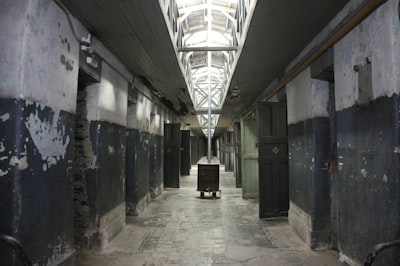In the early 1900s, boatloads of hopeful immigrants sailed to America, clutching dreams and trembling with the uncertainties of Ellis Island’s inspection halls. Gravestones in the old Ellis cemetery still bear silent witness: not everyone made it through the gates, and many never made it home. Now, over a century later, we have replaced the processing halls with sprawling detention centers, and the crowds of anxious newcomers with tens of thousands held behind razor wire.
A curious symmetry: how a nation once defined by its influx of newcomers now grapples with the shadows cast by their detentions. Do these centers echo the nervy, contagious hope of Ellis—or do they hint at something more troubling? What story will be told about our era’s handling of strangers at our gates?
Perhaps history will judge less by numbers and more by who we become when faced with those we label "outsider." If half of those entrusted to our detention have no criminal record, we must ask: Is danger always so easily defined, or are we sometimes haunted by the ghosts of our own anxieties?
This article was inspired by the headline: 'ICE holding a record 59,000 immigrant detainees, nearly half with no criminal record, internal data show'.

Comments
No comments yet. Be the first to comment!